How Trinidad Rum Changed in the 1970s
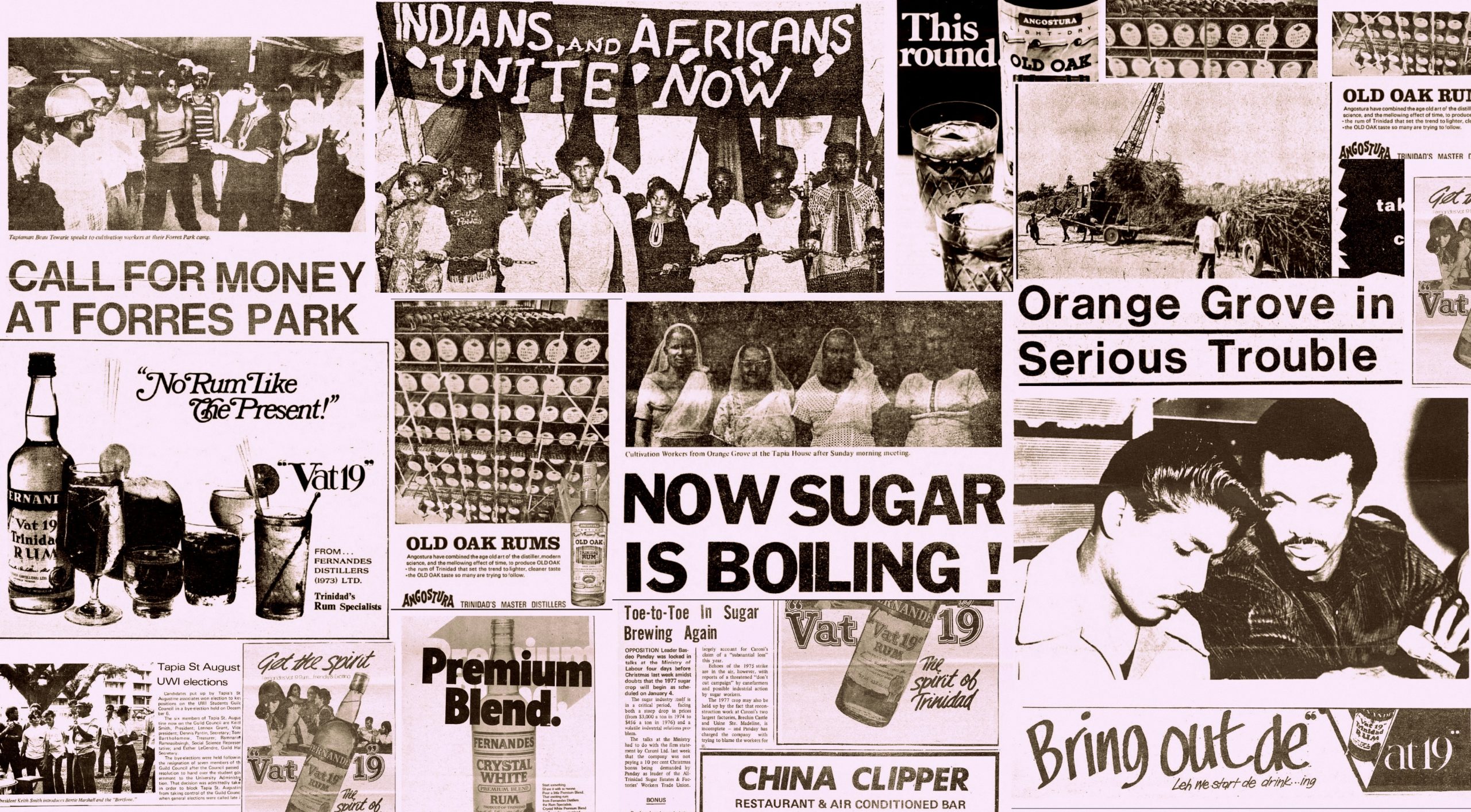
Ever so often, there is a series of cultural shifts within a short space of time that leads to long term change. For Trinidad Rum, this might have happened on three occasions.
The first was at the end of the eighteenth century, when two separate pieces of legislation would be passed by the Spanish Crown. One would allow for the legalization of rum distillation, and the other would provide incentives for wealthy French planters to migrate to the island and jumpstart the sugarcane industry. Shortly after this, the British would take control of the island and the most significant relationship with a European country would begin.
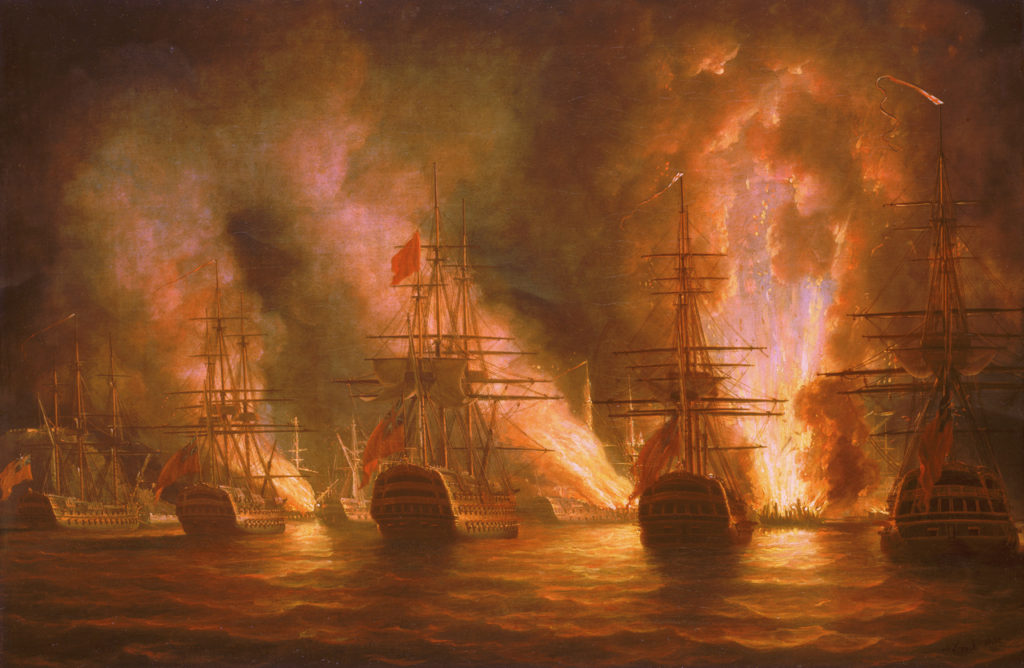
The next of these would be in the 1930s. The labour movements of the last decade had mobilized into well organized Trade Unions that would go on to have significant sway over the sugarcane industry1. The consolidation of the smaller sugar estates was also coming to a close with Tate and Lyle in almost total control. Concurrently, JB Fernandes was making his two most famous purchases. Decisions that would allow him to rapidly rise above the other rum brands and blenders of the era, and ensure that the names Fernandes, Forres Park, and 1919 are synonymous with Trinidad rum almost a century later.

Angostura was now in its third generation of family ownership, and under Robert Siegert, chemical control and research facilities would be established in order to usher the company into the modern era. This initiative would have profound effects on the future of the company as it remains one of the most advanced Caribbean rum distilleries even today.
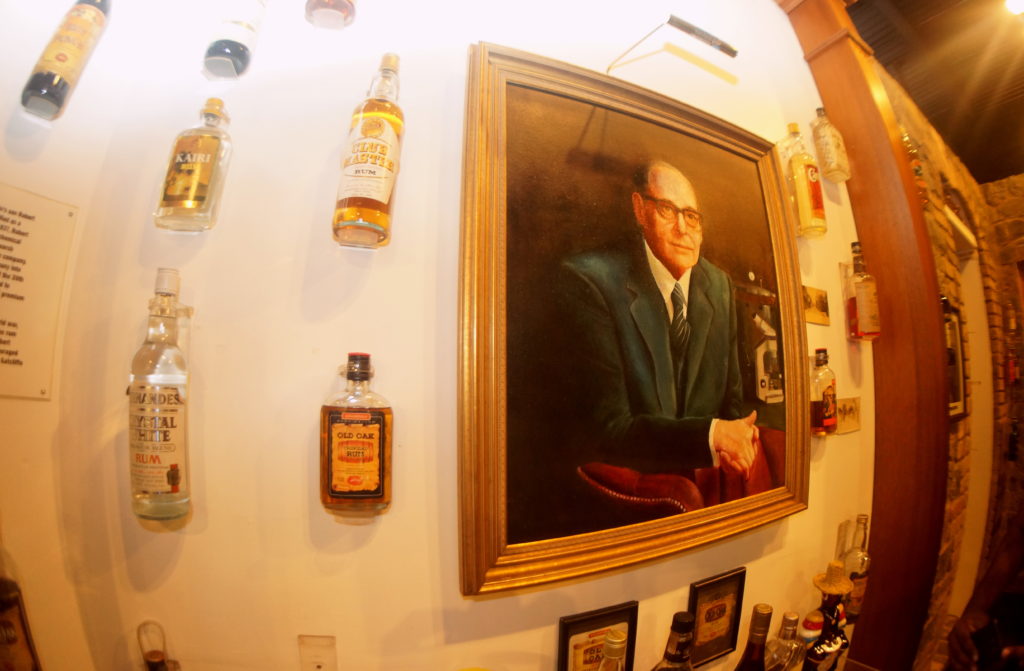
The most recent of these zeitgeists was in the late 1960s and early 1970s with events that lead to huge changes in Trinidad and Tobago, ultimately having profound effects on local rum culture and the rum industry.
After Independence was granted in 1962, Trinbagonians increasingly felt that institutional racism remained a major part of society and that having a majority black government made little difference to their post-colonial reality.
Additionally, the ruling party had enacted unpopular legislation that was seen as betrayal by the trade unions and grass roots organizations that helped them champion the Independence cause. Simultaneously in the United States, prominent civil rights activist Kwame Ture was developing key concepts of Pan-African thought and the fact that he was born in Trinidad resonated with many young people who were dissatisfied with conditions in the newly created country.
In the final year of the 1960s, two significant but initially separate events occurred. The first was in February when student groups at the University of the West Indies protested the presence of Canada’s Governor General on their campus. This stance was in support of West Indian students who had been arrested following a protest at Sir George Williams University less than a month before. The second of these events was a strike action by bus workers, motivated at least in part because members of the union that represented Transport Workers believed that senior officials of the Public Transport Service Commission were under the influence of CIA operatives2.

The strikers fully expected that they would lose their jobs and be arrested, and that’s largely what happened. What also unexpectedly occured was that a wide range of grassroots and anti-Imperial organizations showed up to support their cause.
These two events served as catalysts and to an extent coalesced into the February Revolution of 1970.
In the next year, as the trial for the Canadian students began, a demonstration in support of them passed through the Capital City with the aim of protesting in front of both the Canadian Embassy, and the Royal Bank of Canada. A spontaneous decision was taken to also visit the seat of the Roman Catholic Archdiocese since the Catholic Church in Canada was vocal in their criticisms of the students on trial. At this point the protest became chaotic and controversial since some members of the constantly growing group desecrated the statues at one of the oldest churches on the island.
By March, the mass movement was growing and moving eastward as people from all across the country joined in. At the same time, workers in the sugarcane belt from south and central Trinidad were becoming increasingly dissatisfied with their working conditions, and quickly losing faith in the group that was supposed to represent their interests to their employers. The leader of that group was once a champion for both literacy in rural areas and Indian identity on the island, but his followers now believed that he conspired with the government and sugar companies to keep wages in the industry low.
Unity between these two groups was unprecedented, and it represented more than just a coalition between urban and rural interests. It represented what was arguably the first and only time that the two major ethnic groups in Trinidad were unified on a national issue. The coming together of these two groups on a historic March from Port of Spain to Caroni, has been described by historian Brinsley Samaroo as “the high point in the history of Trinidad and Tobago.”
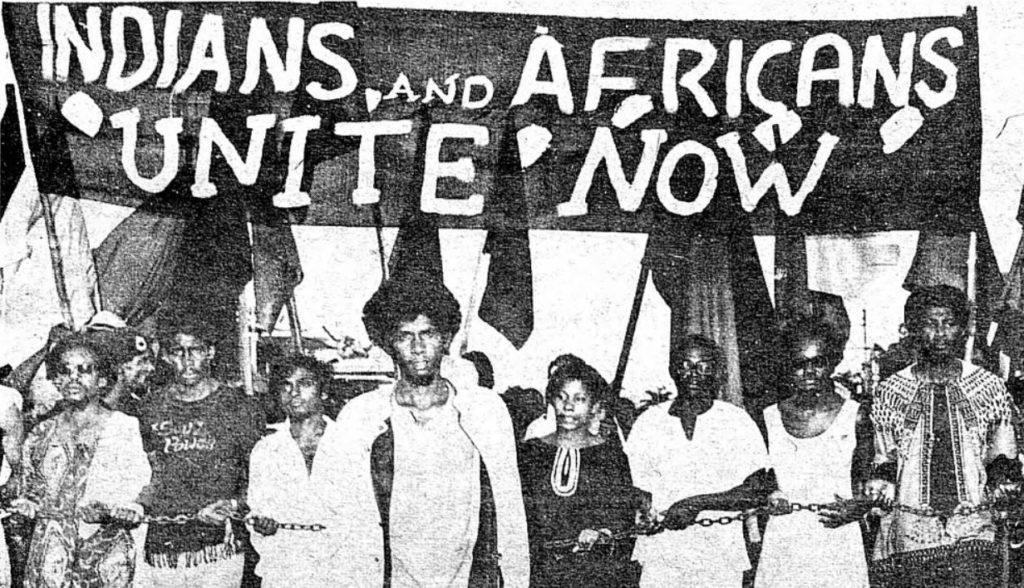
The return march to the capital city actually saw support from previous detractors as they realized that predictions of looting and violence never came to pass. Of particular significance was the fact that the spiritual leaders of both the Hindu community and the Roman Catholic community were now in support of what was being called the “Black Power Movement.” They were both initially against it, they both rejected pleas from the government to remain unsupportive, and they both held sway over two major segments of Trinbagonian society. The realization that they had lost control over the country is generally accepted as the rationale for the government’s decision to declare a state of emergency and to further enforce a curfew on the twenty-first of April.
That declaration resulted in events that few would have anticipated. As news about the State of Emergency reached the military, many members of the army chose to mutiny. Motivations for this mutiny were mixed; some in the army were unwilling to attack their own countrymen for a cause that they personally supported, others saw it as a protest against working conditions in the military rather than a mutiny. It has also been put forward that some of the chief mutineers had made clandestine visits to Cuba in the months leading up to these events, and some witnesses remember Maoist and Marxist literature being distributed to soldiers.
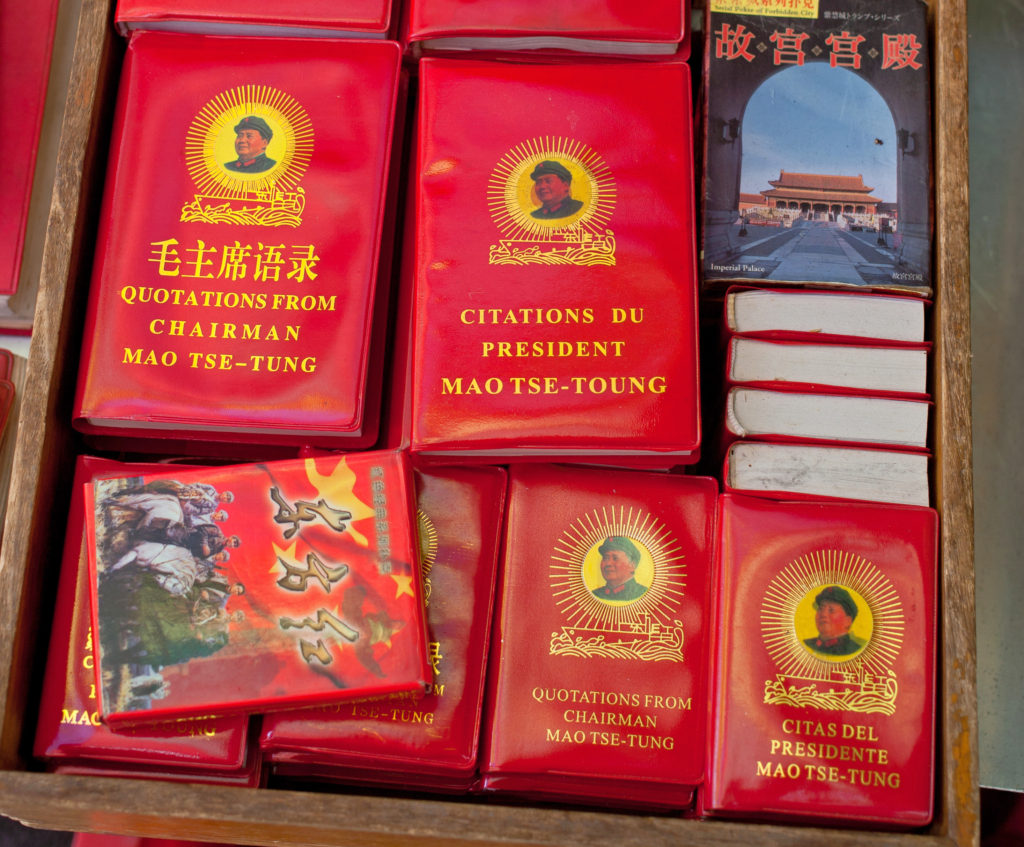
The army intended to move eastwards into Port of Spain from their base in Chaguaramas and join the main protest in some capacity. This plan was halted by the Trinidad and Tobago Coast Guard who used anti-aircraft guns from one of their vessels to destroy the only road leading out of the Chaguaramas Peninsula. This marked the end of the 1970 revolution and the rest of the year was largely uneventful.
By 1971 the quietness turned into disquiet. Some of the more radical participants of the previous year’s protest called themselves the National Union of Freedom Fighters and had now retreated to the forests of the Northern Range, an area described as being similar to the mountains of Sierra Maestra from where the Cuban Revolution was launched. They would emerge occasionally to launch attacks on foreign owned businesses and police stations. Among the more conservative opponents to the Government, there was a growing disillusion with how the democratic process was conducted that lead to a decision by the majority of political parties to not participate in that year’s general election. This concerned the ruling party, as they realized that while they would have no formal opposition within the walls of Parliament, there was a growing group against them outside of those walls and that they had no idea of how that group might choose to mobilize3.
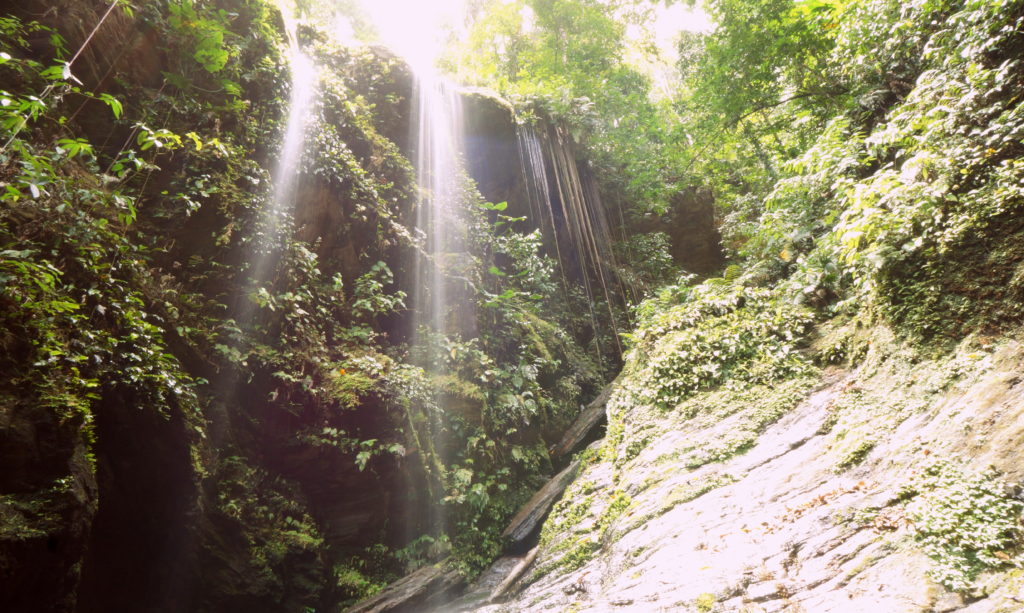
These few years had profound effects on every element of Trinibagonian life and culture, including the local rum industry.
Tate and Lyle at that time operated all of the sugar refineries in Trinidad and owned most of the associated arable land. The declining profitability of sugar made them reluctant to invest in the industry and they were in the process of divesting to the government some of their assets. As a British multinational involved in an industry that invoked images of slavery, the idea of militant anti-Imperial groups being active in the country was a concern to them, especially since economists and activists were already unsupportive of their divestment plans4 5. They eventually sold their entire operation to the Trinidad and Tobago Government who would continue to operate the Caroni Distillery until its closure decades later.
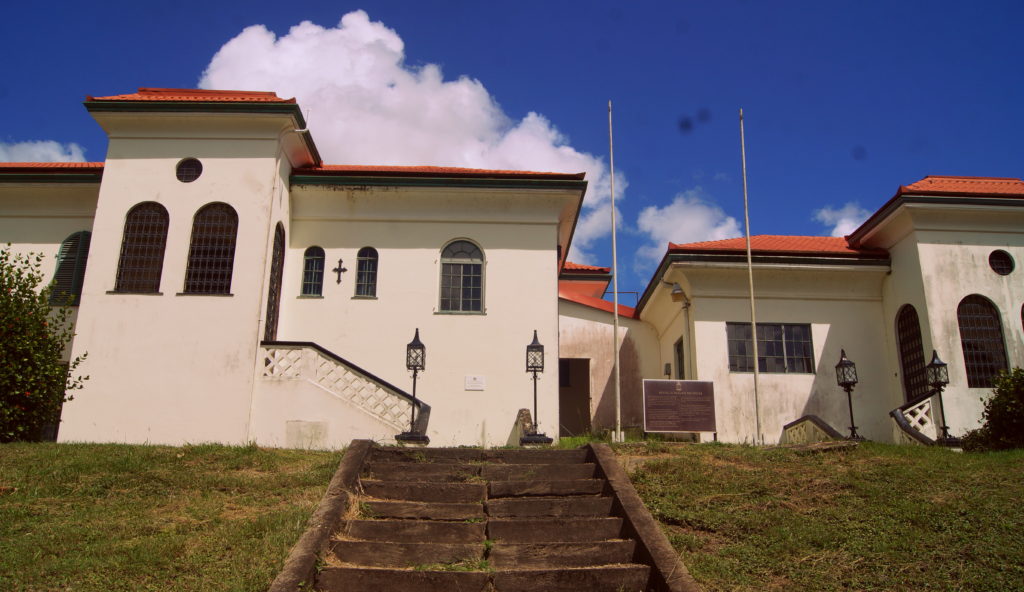
The owner of the Fernandes Distillery also felt that the time was right to make an exit from the rum industry. JB Fernandes would have a remembered a time when he was banned from entering British social clubs in Port of Spain because he was of Portuguese descent. He now owned many of these institutions including the Queen’s Park Hotel and the Trinidad and Tobago Country Club and was being held liable for their long legacy of racism. There was also some anti-Portuguese sentiment left over from when the Prime Minister conducted a nasty campaign against a popular politician of Portuguese descent some years before6.
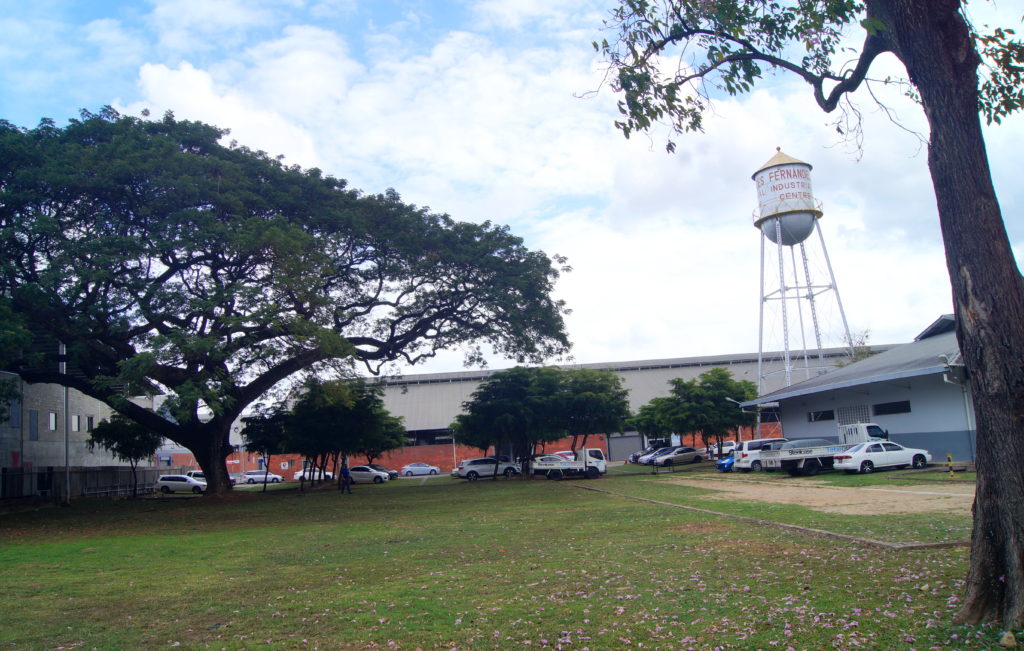
There was no local buyer capable of purchasing the company, so JB Fernandes turned to Jose Bosch who was at that time leading Bacardi through the greatest period of growth in the history of any liquor company by building distilleries all across the Caribbean and Latin America. Bosch certainly understood the misgivings that Fernandes had about the revolutionary climate of that time and his desire to liquidate his assets. The extended Bacardi family were among the most prominent supporters of the Cuban Revolution. Jose Bosch actually accompanied Fidel Castro on his first and only diplomatic visit to Washington DC. Despite this, as soon as he consolidated power and quashed opposition, Castro confiscated the Bacardi distillery in Santiago de Cuba and the family was forced to flee to Miami and Puerto Rico7.
Investing in Trinidad would allow Bacardi preferred access to European markets via the Lomé Convention and the ability to strengthen their presence in the British Commonwealth. Ultimately, they would also take some ownership of Angostura’s holding company and Bacardi Carta Blanca would be produced by them well into the late 1990s.

Although they were just a blending firm and not a rum distillery, the internal situation at Correia’s offers some insight into how the issues of the era affected a small company. In 1969, the four most senior men in the firm were divided on the issues of employee unionization, leading to the son of the founder choosing to resign from his position8. The disagreement between the four Portuguese descended directors was in a sense symbolic of the end of an era; the days of close collaboration and cooperation between Portuguese rum blenders that allowed them to define the local rum styles of both Trinidad and Guyana was over.
The only rum company that remained relatively unchanged was Angostura. There seems to be a few reasons for this, but it’s worth noting that the company regularly advertised in magazines that supported radical social change. It was not uncommon to see an advertisement for Old Oak Rum next to an article on Afro-Indian Consciousness, or commentary on exploitation within the local sugarcane industry.
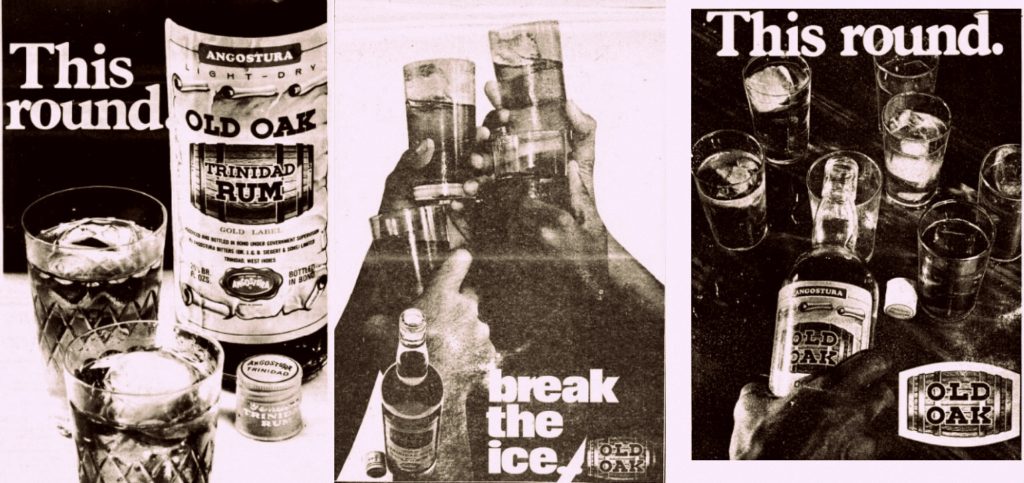
Rum culture in the country also changed. At this same time in North America, a subculture that involved complex rum concoctions and colonial nostalgia called “Tiki” was in decline. Outside of enclaves designed for American tourists, Tiki cocktails were never a part of Caribbean culture.
In Trinidad and Tobago, tropical cocktail culture that always existed independently of Tiki cocktail culture was re-embraced. People felt a renewed ownership of local rum and this was coupled with a countrywide focus on honouring local culinary traditions and indigenous ingredients9. The burgeoning tropical cocktail scene was built on brands like Felicite Gold, White Magic Rum and Fernandes Black Label.
Internationally, rum enthusiasts typically see the 1970s as a tragic time for rum.
The decade began with an event that British brand Black Tot Rum refers to as “the day the rum died” as it marked the end of a long-standing British Naval tradition where sailors drank a serving of rum every day. That day is now celebrated annually as Black Tot Day.
The decade ended with the Tiki subculture that defined rum consumption across the American cultural landscape for half a century now being seen as tacky and dated, and with restaurants dedicated to the concept struggling to stay open.
Perhaps it’s time to re-frame the era, examine it from a different context and look at the role of rum in the quest for Caribbean identity that spanned the period between the collapse of the West Indian Federation and the Grenada Revolution10.
All colour photographs issued under a Creative Commons licence, all black and white images were via the University of Florida.
